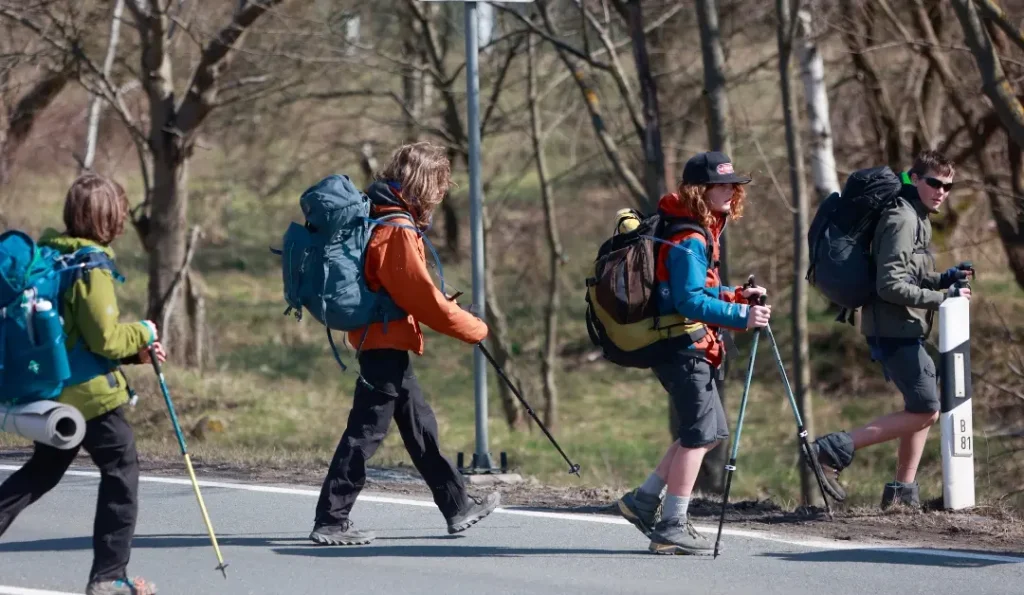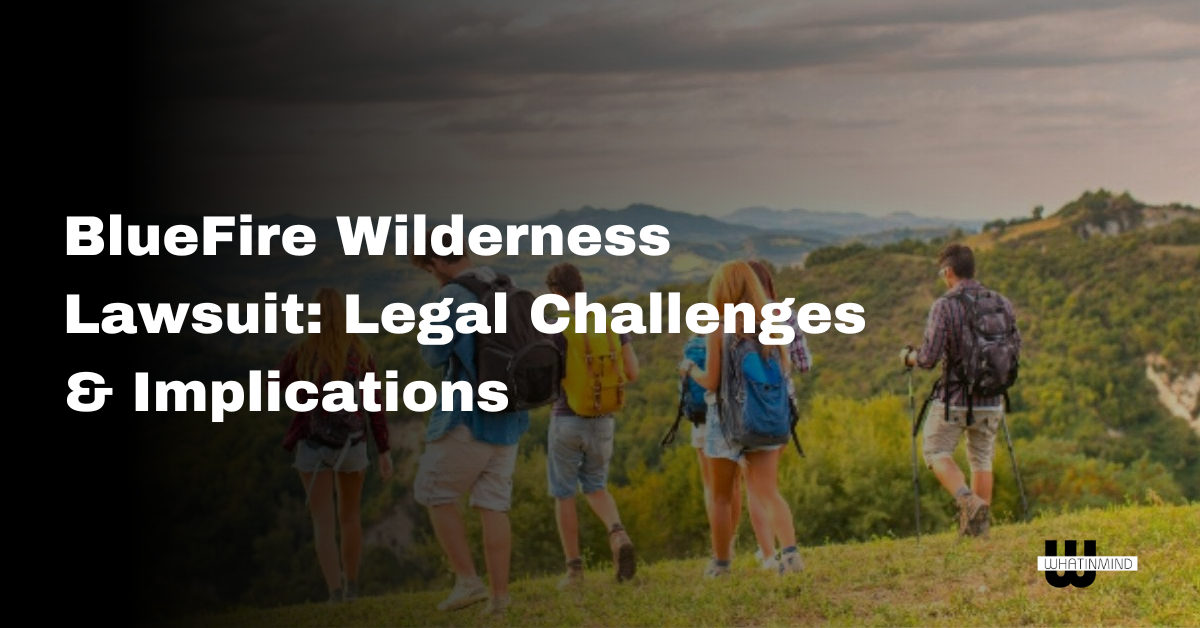BlueFire Wilderness Lawsuit: Legal Challenges & Implications
A pivotal moment in this ongoing dialogue is the BlueFire Wilderness lawsuit, a case that has sparked widespread discussion among professionals, participants, and observers alike.
This lawsuit sheds light on the complexities and responsibilities of conducting therapy in the unpredictable environment of the wilderness. By examining this case, we aim to unravel the layers of legal, ethical, and operational challenges inherent in wilderness therapy programs. This analysis will not only inform but also guide those considering the merits and pitfalls of such therapeutic interventions.
The story of BlueFire Wilderness serves as a critical juncture in the broader narrative of wilderness therapy, prompting a reevaluation of practices and policies to ensure the safety and efficacy of these programs.
Table of Contents
The Rise of Wilderness Therapy
History and Evolution
Wilderness therapy, as a formalized practice, emerged from the confluence of outdoor education and therapeutic counseling, tracing its roots back to the 1960s. Initially seen as a radical approach, it has since evolved into a respected therapeutic modality, aimed at addressing a variety of psychological, emotional, and behavioral issues.
The essence of wilderness therapy lies in its use of nature as a backdrop for intense personal and group therapy sessions, fostering growth, self-discovery, and healing.
Popularity and Concerns
The appeal of wilderness therapy has grown significantly, attracting individuals seeking alternative treatment methods beyond conventional clinical settings. Its holistic approach, emphasizing physical activity, teamwork, and self-sufficiency, resonates with many.
However, as its popularity increases, so do concerns regarding its safety, oversight, and the qualifications of those leading the programs. The allegations against BlueFire Wilderness underscore the importance of rigorous standards and protocols to protect participants, sparking a crucial conversation about the balance between innovative therapeutic approaches and participant welfare.
Understanding the BlueFire Wilderness Lawsuit

Background of the Case
BlueFire Wilderness, like many wilderness therapy programs, positioned itself as a transformative experience for struggling youth, promising healing and personal growth amidst the rugged beauty of the outdoors.
However, allegations against the program have cast a shadow over its reputation, raising questions about the adequacy of its practices and the safety of its participants. The specifics of the case may be shrouded in legal confidentiality, but the essence of the allegations typically revolves around claims of negligence, breach of duty, and harm inflicted upon vulnerable individuals seeking help.
Allegations and Claims
While each lawsuit may have its unique circumstances, common allegations against wilderness therapy programs often include incidents of physical or emotional harm, inadequate supervision, and questionable therapeutic methods.
These allegations highlight the inherent risks associated with conducting therapy in remote and challenging environments, where the line between therapeutic intervention and potential harm can become blurred.
Response from BlueFire Wilderness
In response to the allegations, BlueFire Wilderness may provide a defense that seeks to refute the claims of negligence or misconduct. This could involve presenting evidence of adherence to industry standards, testimonials from satisfied participants, or challenging the credibility of the plaintiffs’ accusations.
However, the response from BlueFire Wilderness also serves as an opportunity for transparency and accountability, offering insights into their policies, procedures, and commitment to participant safety.
Legal Challenges in Wilderness Therapy
Regulatory Landscape
The regulation of wilderness therapy programs remains a complex and evolving issue, with a patchwork of state and federal laws governing their operation. While some states have established licensing requirements and oversight bodies, others lack clear guidelines, leaving room for inconsistency and potential gaps in participant protection.
Additionally, the lack of standardized accreditation processes for wilderness therapy programs further complicates the regulatory landscape, making it difficult for consumers to assess the quality and safety of different programs.
Precedent Cases
Past legal cases involving wilderness therapy programs have provided valuable insights into the legal liabilities and responsibilities of program operators. These cases often revolve around allegations of negligence, misconduct, or wrongful death, serving as cautionary tales for both program administrators and participants.
By examining the outcomes of precedent cases, stakeholders can gain a better understanding of the legal standards and expectations surrounding wilderness therapy, informing future practices and policies.
Implications for Wilderness Therapy Programs
Impact on Industry Practices
The allegations and legal proceedings surrounding BlueFire Wilderness have far-reaching implications for the entire wilderness therapy industry. Program operators are likely to face increased scrutiny from regulatory bodies, insurers, and the public, prompting a reassessment of their policies, procedures, and risk management strategies.
The outcome of the lawsuit may set a precedent for future cases and influence the development of industry standards aimed at ensuring participant safety and program efficacy.
Guidance for Parents and Participants
In light of the legal challenges facing wilderness therapy programs, it is essential for parents and potential participants to exercise caution and due diligence when considering participation.
This includes thoroughly researching program credentials, safety records, and participant testimonials, as well as seeking guidance from qualified mental health professionals.
By staying informed and asking critical questions about program practices and safeguards, parents and participants can make more informed decisions about their involvement in wilderness therapy programs.
Conclusion
The BlueFire Wilderness lawsuit illuminates the complex intersection of law, ethics, and therapeutic practice within the wilderness therapy industry. As stakeholders grapple with the legal challenges and implications arising from this case, there is an opportunity for reflection and reform.
By prioritizing participant safety, transparency, and accountability, wilderness therapy programs can navigate the evolving regulatory landscape and uphold their commitment to healing and transformation.
Ultimately, the outcome of the BlueFire Wilderness lawsuit serves as a pivotal moment for the industry, prompting a reevaluation of practices and policies to ensure the well-being of all those who seek solace and support in the wilderness.






